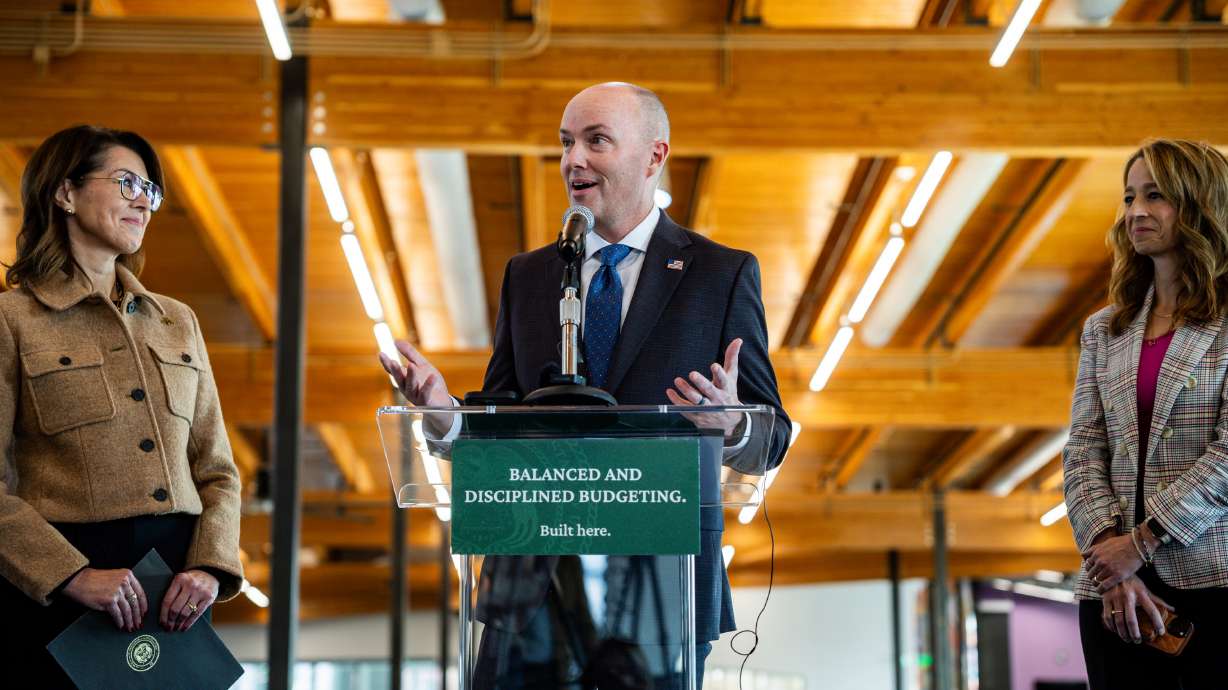“Don’t do drugs, because if you do drugs you’ll go to prison… and drugs are really expensive in prison.”
This humorous quote underscores the fundamental problem with imprisoning people with a substance addiction problem. Prison alone is not a sufficient treatment for a physiological disorder. Despite the walls and guards, inmates still find a way to access and use drugs. Treating and solving drug addiction requires a different approach. Finally in Utah, policy may soon begin to reflect that reality.
Since early this year, the Utah Commission on Criminal and Juvenile Justice (CCJJ) has been working on a study of the Utah criminal justice system in order to propose reforms that will reduce recidivism and the need for more prison beds. One of the goals of these reforms is to focus existing jail beds on more serious offenders and relieve the fiscal burdens on localities. CCJJ believes this can be accomplished by reclassifying certain offenses and eliminating certain sentencing enhancements that needlessly lengthen prison stays. In other words, by addressing the rampant criminalization of human activity, less people will be charged with crimes and sent to prison.
Among the recommendations from CCJJ is a specific proposal to reclassify simple drug possession from a third degree felony—which carries a penalty of up to five years in prison—to a class A misdemeanor, which carries a penalty of only up to one year in jail. Currently, minor marijuana possession is already at the class A misdemeanor level. This proposal would bring minor drug possession charges for all substances into alignment with marijuana possession, thus ending the discrimination against type of substance. Additional reductions would include one for commercial drug offenses in order to differentiate between professional drug dealers and those whose conduct is driven by serious substance abuse problems. Also included is a proposal to reclassify certain moving vehicle misdemeanors from a Class B down to a Class C or from a Class C to an infraction.
In a recent meeting of the Prison Relocation Commission, Ron Gordon, director of CCJJ, presented the report of recommendations from the months-long study. The recommendations will eventually become a series of criminal justice reform bills proposed in the next legislative session.
These proposals are driven by evidence-based practices from around the country and represent months of data analysis and thoughtful study by CCJJ. Significant outside academic support has come from the Justice Reinvestment Initiative by the Pew Charitable Trusts and the U.S. Department of Justice’s Bureau of Justice Assistance. The initiative aims to find ways in which cost savings can be more effectively reinvested to reduce recidivism and prison populations across the country.
While some might be quick to assume that these proposals will be opposed by law enforcement and prosecutors, the proposal to lower offense levels was actually the result of careful deliberation by a subgroup of CCJJ members that included multiple Utah judges, a prosecutor, and a sheriff. Despite these deliberations, the representative for the Statewide Association of Prosecutors said they only agreed in part with the reforms but were going to prepare a counter-proposal because they felt the current proposal went too far.
Representative Brad Wilson, house chair for the Prison Relocation Commission, responded that the proposals were “exciting” but that it may be a “pretty heavy lift” legislatively. Perhaps the heavier lift would be failing to implement reforms. Despite a reduction in admission to prison for drug possession, it is still the fourth most common crime in prison because it carries longer times served. According to CCJJ, ignoring prison population growth in Utah would cost hundreds of millions of dollars over the next two decades.
According to the CCJJ report, Utah’s prison population has grown 22% in the past 10 years and is projected to grow 37% in the next two decades. The Utah Department of Corrections budget grew 34% in the last decade and drug possession offenders continue to occupy a large number of prison beds because of longer time served. Averting prison population growth would save the state at least $542 million. The current set of proposals is designed to avert 97% of that prison population growth translating into serious savings for the state.
In this discussion we must remember that the government’s legitimate police power is derived from the right of the people to self-defense. In other words, just laws and a just exercise of police power is that which is designed to protect the security, rights, and property of others. Simple drug possession is a “victimless” crime in that the actor has not directly violated the rights of another but rather has committed an offense against “public order and decency.” Certainly, drug addiction does have victims when the user and their loved ones are harmed by the ill effects of drug abuse. However, prison should be reserved for those offenders who actively victimize others in society. The CCJJ proposals aim to do just that.
Reducing the offense level for simple drug possession is catching on across the country. Thirteen states have now reduced simple drug possession to a misdemeanor and more are actively considering it. Utah would join Wyoming as a leader in the mountain region. Additionally, this year the U.S. Sentencing Commission voted to reduce the offense levels for federal drug offenses. The federal change is expected to result in an average sentence reduction of 17 percent for approximately 70 percent of federal drug offenders.
These reforms are about prioritizing justice resources on the most effective methods for reducing crime. South Dakota in 2013 reduced the range of prison time for drug possession offenses and instead invested savings from reduced prison time into substance abuse and mental health. Such an approach is not about being “soft on crime” but about being “smart on crime.”
The National Institute on Drug Abuse considers drug addiction to be a chronic, but treatable, brain disease. When viewed through the lens of mental health, it seems odd that the most common treatment for drug addiction is handcuffs and taxpayer-funded stays in our prison system. Such an arrangement turns chronic patients into chronic inmates and costs the taxpayer a lot more than other alternatives.
Libertas Institute supports the proposed reforms by CCJJ and applauds their work. While we hope for a society where government power is used judiciously for the narrow purpose of protecting rights, we believe that these criminal justice reforms are a step in the right direction. Simple drug possession offenders need treatment not incarceration in state prison.




